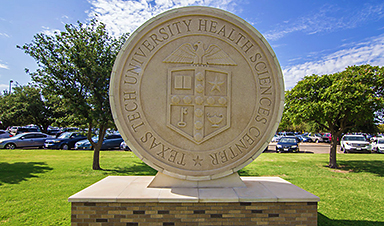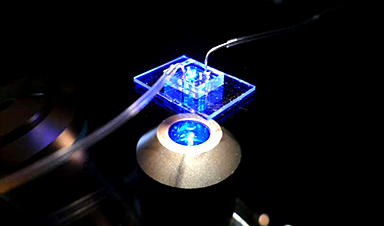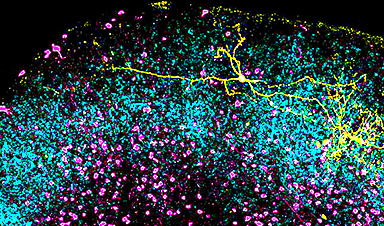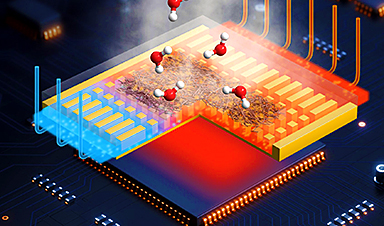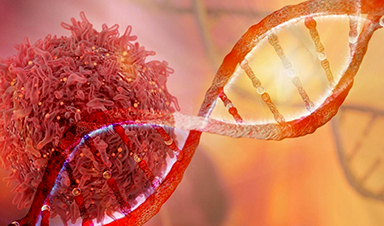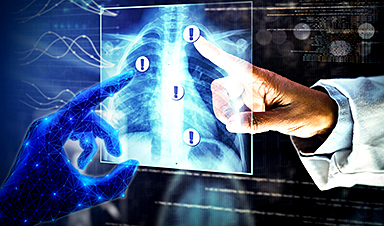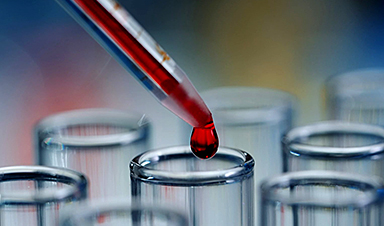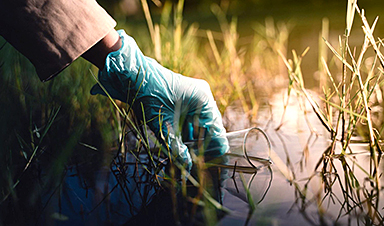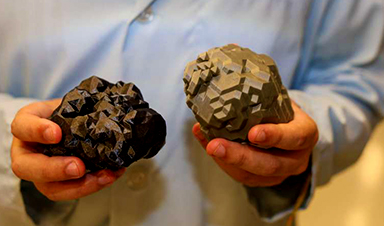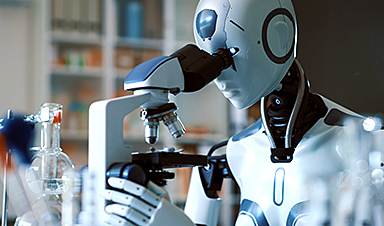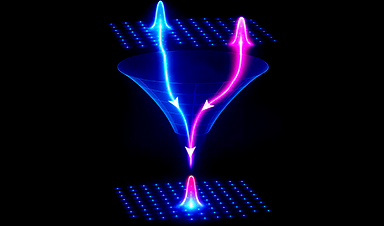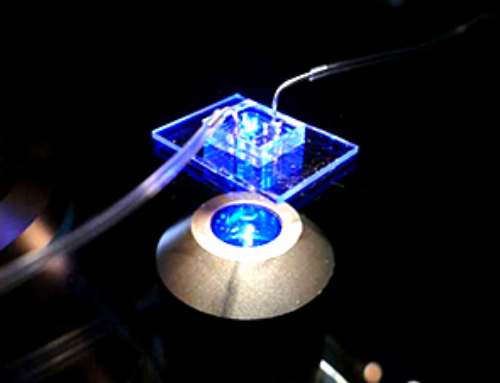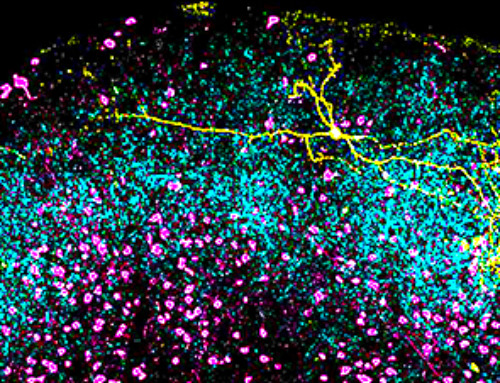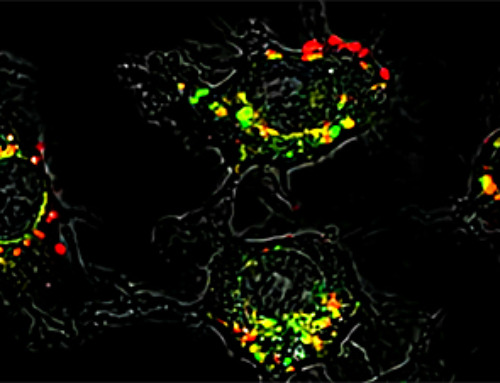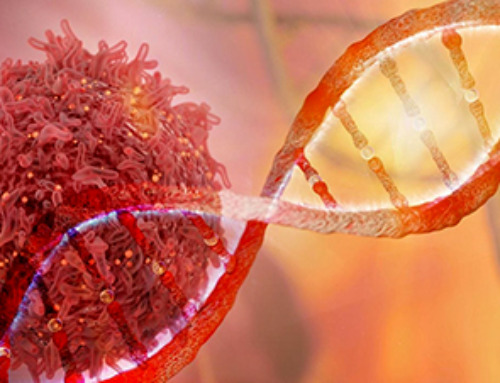The Centers for Disease Control and Prevention estimates that more than 2.8 million Americans experience antibiotic-resistant infections each year; more than 35,000 die from those infections.
The study, “Hydrophilic Nanoparticles that Kill Bacteria while Sparing Mammalian Cells Reveal the Antibiotic Role of Nanostructures,” was published Jan. 11 by Nature Communications.
Past research has shown that hydrophobicity (a molecule’s ability to repel water) and hydrophilicity (a molecule’s ability to attract and dissolve in water) affects cells; the more hydrophobic a substance is, the more adverse the reaction it will cause. However, Liang said, there is no quantitative standard for how much hydrophobicity is acceptable.
“Basically, you can kill bacteria when you increase hydrophobicity,” Liang said. “But it will also kill healthy cells, and we don’t want that.”
For their study, the Liang team used novel hydrophilic nanoparticles known as nanoantibiotics that were developed by Liang’s laboratory. Structurally speaking, these novel nanoantibiotics resemble tiny hairy spheres, each composed of many hydrophilic polymer brushes grafted onto silica nanoparticles of different sizes.
These synthetic compounds, which Liang’s lab produces, are designed to kill bacteria via membrane disruptions like antimicrobial peptides do, but through a different mode of membrane remodeling that damages bacterial membranes and not mammalian cells. Antimicrobial peptides are a diverse class of amphipathic molecules (partially hydrophilic-partially hydrophobic), which occur naturally and serve as the first line of defense for all multicellular organisms. The direct use of antimicrobial peptides as antibiotics is limited by their stability and toxicity.
There have been other studies in which researchers grafted amphipathic molecules onto nanoparticles, and they too kill bacteria. However, Liang said the primary issue in using amphipathic molecules is that it becomes very difficult to strike the right balance between their hydrophobicity and hydrophilicity so that the toxicity of these molecules to our own cells is significantly reduced.
“In our case, we remove that uncertainty from the equation because we started with a hydrophilic polymer,” Liang pointed out. “The cytotoxicity of hydrophobic moieties is not a concern anymore. Those hydrophilic polymers by themselves, or the silica nanoparticles alone don’t kill bacteria; they have to be grafted onto the nanostructure to be able to kill bacteria. And so, this is the first important discovery.”
The Liang team also discovered that the degree of antibiotic activity is affected by the size of the hairy spheres, which according to Liang is the second important discovery of this research. Those measuring 50 nanometers and below appear to be much more active than those whose size exceeds 50 nanometers. Liang said those measuring approximately 10 nanometers appear to be the most active. (Using synchrotron small angle X-ray scattering and other methods, the Liang team is able to interpret the molecular mechanism of the size-dependent antibiotic activity.)
These discoveries are important because using nanoantibiotics to kill bacteria evades all known mechanisms of bacterial resistance unless bacteria completely revamp their pathways for making cell membranes, which Liang said is unlikely.
“It is also nearly impossible for bacteria to develop new resistance against the nanoantibiotics,” Liang emphasized. “Furthermore, this discovery illuminates a blueprint to develop new antibiotics that would kill bacteria upon contact, but remain amiable to humans because they are produced using non-toxic and environmentally friendly ingredients via nanoengineering.”
News
Lipid nanoparticles discovered that can deliver mRNA directly into heart muscle cells
Cardiovascular disease continues to be the leading cause of death worldwide. But advances in heart-failure therapeutics have stalled, largely due to the difficulty of delivering treatments at the cellular level. Now, a UC Berkeley-led [...]
The basic mechanisms of visual attention emerged over 500 million years ago, study suggests
The brain does not need its sophisticated cortex to interpret the visual world. A new study published in PLOS Biology demonstrates that a much older structure, the superior colliculus, contains the necessary circuitry to perform the [...]
AI Is Overheating. This New Technology Could Be the Fix
Engineers have developed a passive evaporative cooling membrane that dramatically improves heat removal for electronics and data centers Engineers at the University of California San Diego have created an innovative cooling system designed to greatly enhance [...]
New nanomedicine wipes out leukemia in animal study
In a promising advance for cancer treatment, Northwestern University scientists have re-engineered the molecular structure of a common chemotherapy drug, making it dramatically more soluble and effective and less toxic. In the new study, [...]
Mystery Solved: Scientists Find Cause for Unexplained, Deadly Diseases
A study reveals that a protein called RPA is essential for maintaining chromosome stability by stimulating telomerase. New findings from the University of Wisconsin-Madison suggest that problems with a key protein that helps preserve chromosome stability [...]
Nanotech Blocks Infection and Speed Up Chronic Wound Recovery
A new nanotech-based formulation using quercetin and omega-3 fatty acids shows promise in halting bacterial biofilms and boosting skin cell repair. Scientists have developed a nanotechnology-based treatment to fight bacterial biofilms in wound infections. The [...]
Researchers propose five key questions for effective adoption of AI in clinical practice
While Artificial Intelligence (AI) can be a powerful tool that physicians can use to help diagnose their patients and has great potential to improve accuracy, efficiency and patient safety, it has its drawbacks. It [...]
Advancements and clinical translation of intelligent nanodrugs for breast cancer treatment
A comprehensive review in "Biofunct. Mater." meticulously details the most recent advancements and clinical translation of intelligent nanodrugs for breast cancer treatment. This paper presents an exhaustive overview of subtype-specific nanostrategies, the clinical benefits [...]
It’s Not “All in Your Head”: Scientists Develop Revolutionary Blood Test for Chronic Fatigue Syndrome
A 96% accurate blood test for ME/CFS could transform diagnosis and pave the way for future long COVID detection. Researchers from the University of East Anglia and Oxford Biodynamics have created a highly accurate [...]
How Far Can the Body Go? Scientists Find the Ultimate Limit of Human Endurance
Even the most elite endurance athletes can’t outrun biology. A new study finds that humans hit a metabolic ceiling at about 2.5 times their resting energy burn. When ultra-runners take on races that last [...]
World’s Rivers “Overdosing” on Human Antibiotics, Study Finds
Researchers estimate that approximately 8,500 tons of antibiotics enter river systems each year after passing through the human body and wastewater treatment processes. Rivers spanning millions of kilometers across the globe are contaminated with [...]
Yale Scientists Solve a Century-Old Brain Wave Mystery
Yale scientists traced gamma brain waves to thalamus-cortex interactions. The discovery could reveal how brain rhythms shape perception and disease. For more than a century, scientists have observed rhythmic waves of synchronized neuronal activity [...]
Can introducing peanuts early prevent allergies? Real-world data confirms it helps
New evidence from a large U.S. primary care network shows that early peanut introduction, endorsed in 2015 and 2017 guidelines, was followed by a marked decline in clinician-diagnosed peanut and overall food allergies among [...]
Nanoparticle blueprints reveal path to smarter medicines
Lipid nanoparticles (LNPs) are the delivery vehicles of modern medicine, carrying cancer drugs, gene therapies and vaccines into cells. Until recently, many scientists assumed that all LNPs followed more or less the same blueprint, [...]
How nanomedicine and AI are teaming up to tackle neurodegenerative diseases
When I first realized the scale of the challenge posed by neurodegenerative diseases, such as Alzheimer's, Parkinson's disease and amyotrophic lateral sclerosis (ALS), I felt simultaneously humbled and motivated. These disorders are not caused [...]
Self-Organizing Light Could Transform Computing and Communications
USC engineers have demonstrated a new kind of optical device that lets light organize its own route using the principles of thermodynamics. Instead of relying on switches or digital control, the light finds its own [...]
